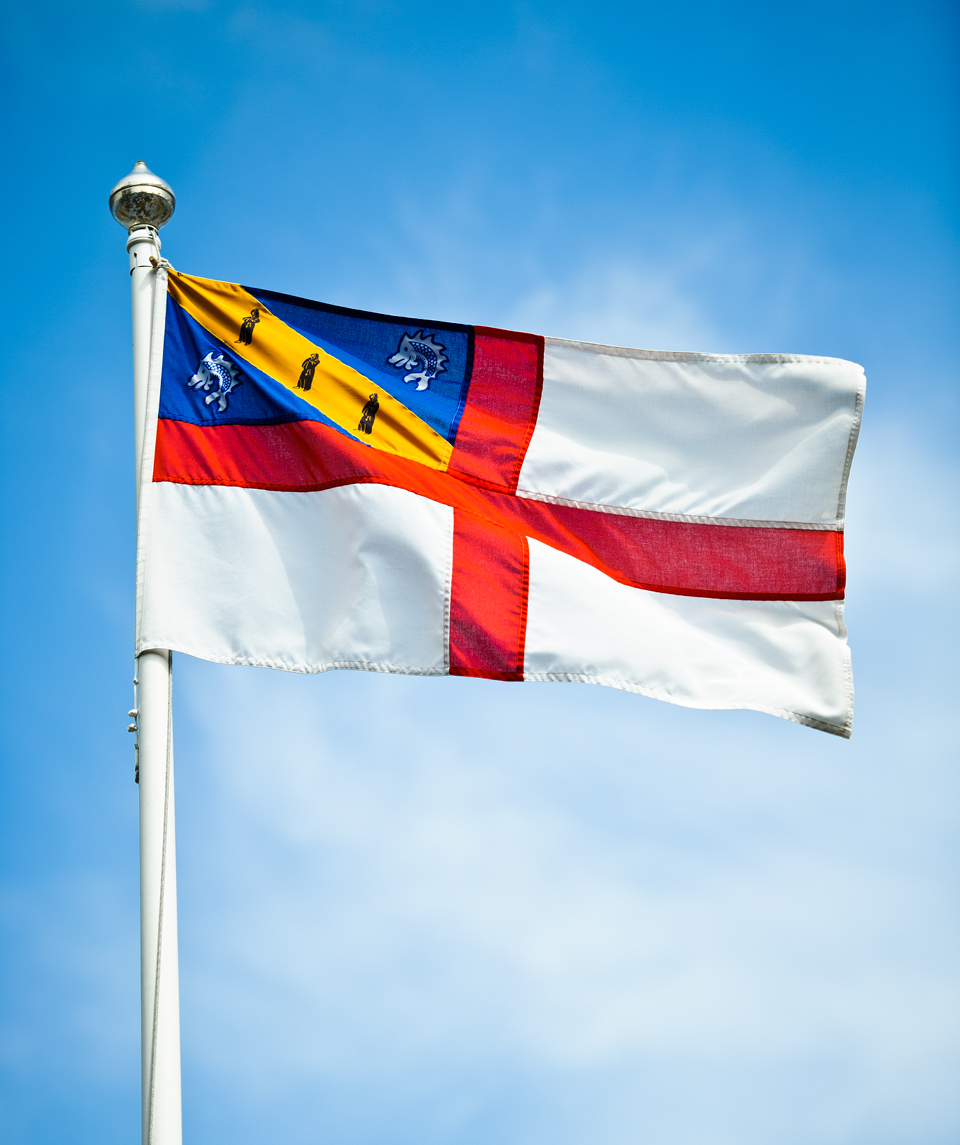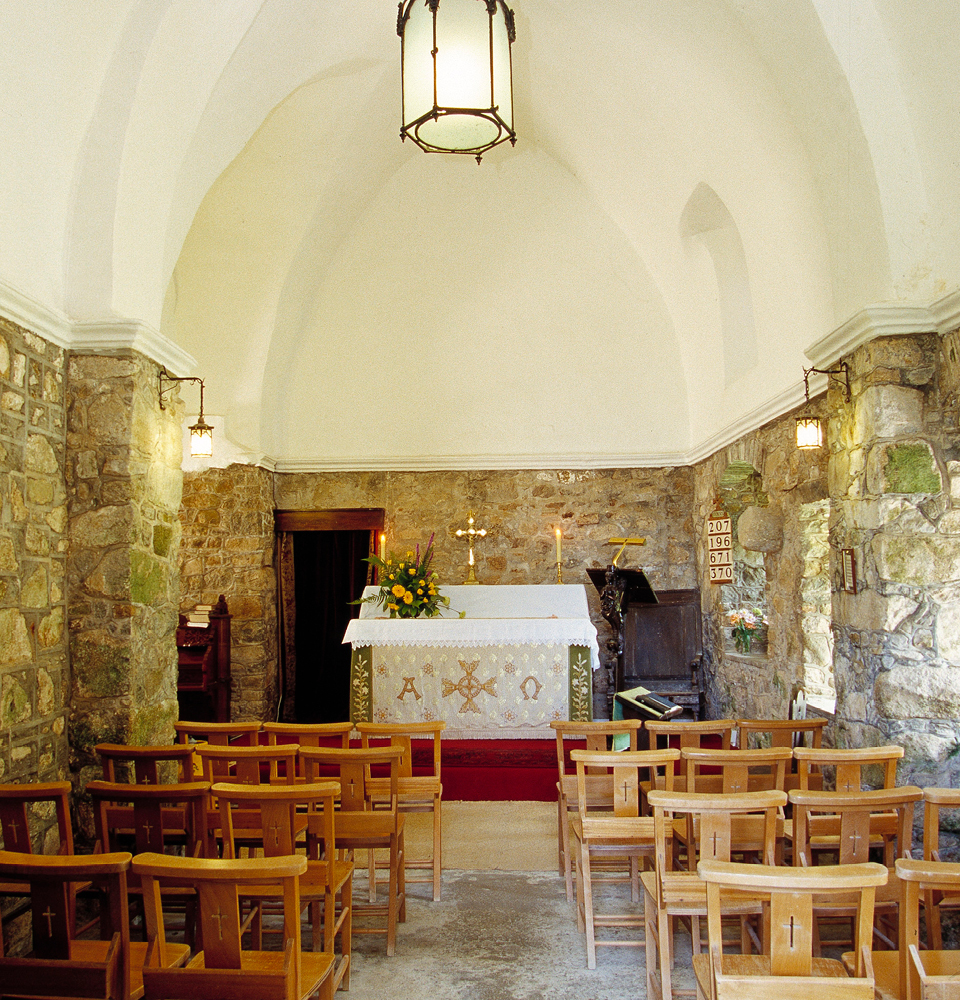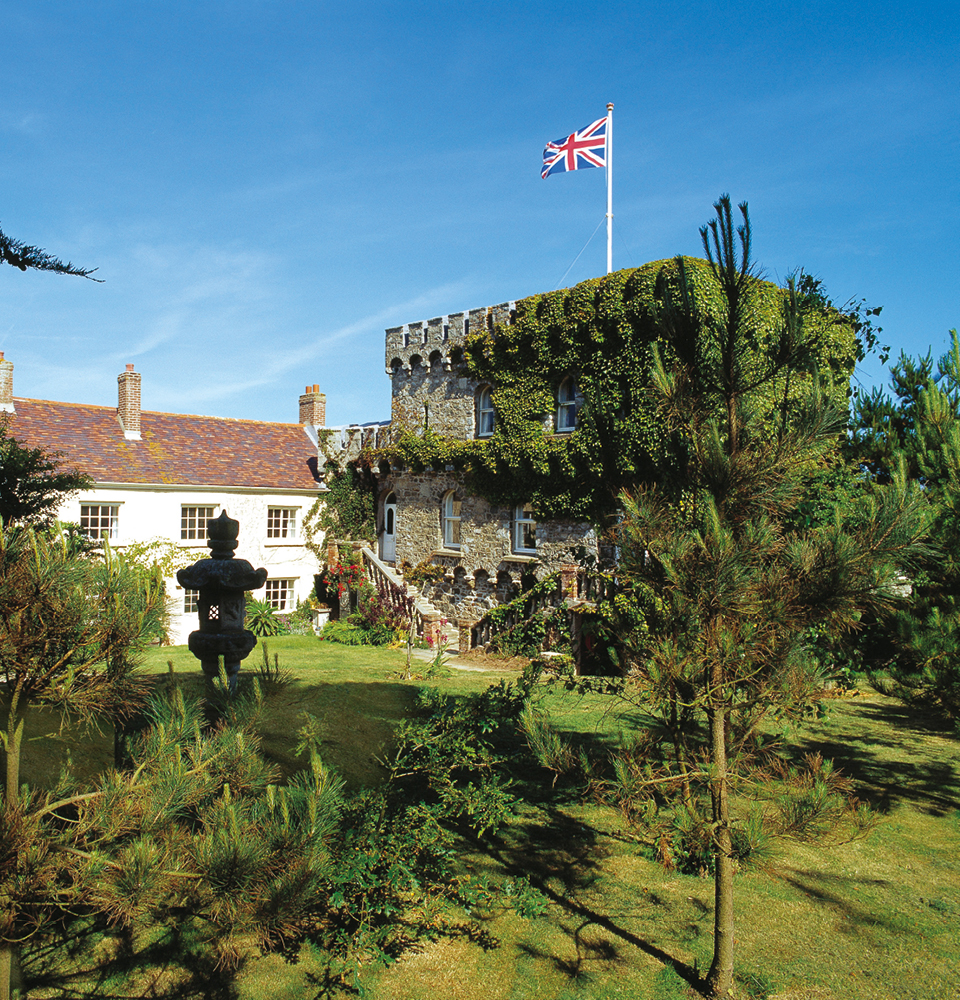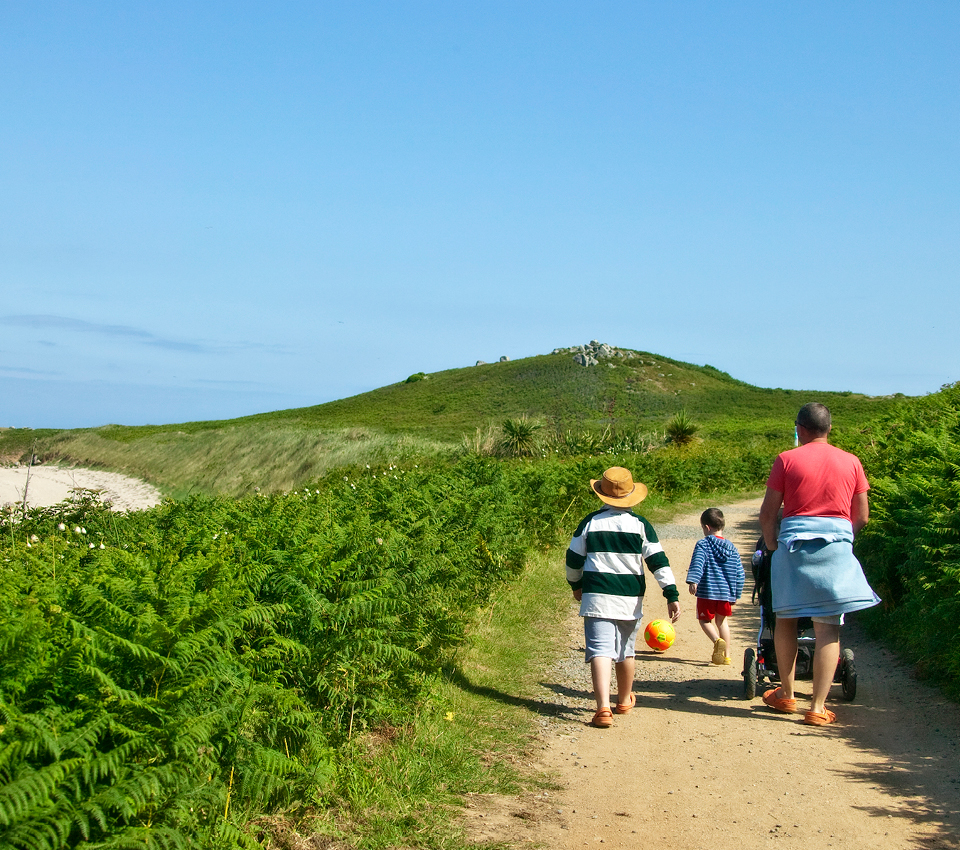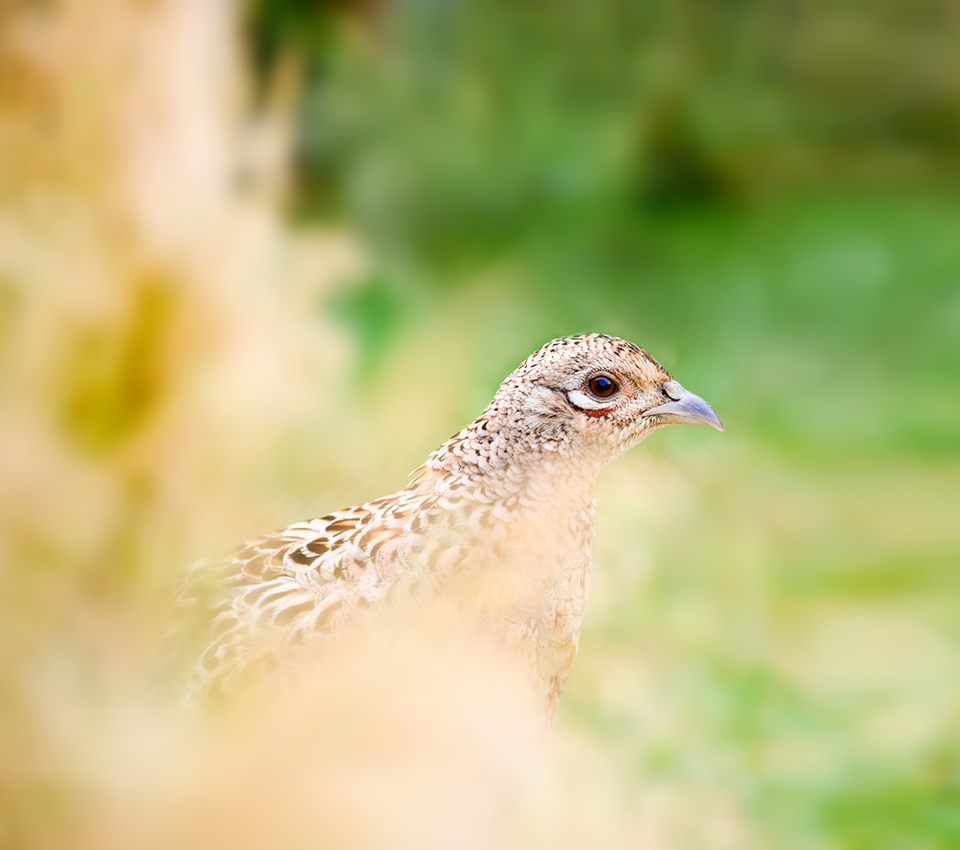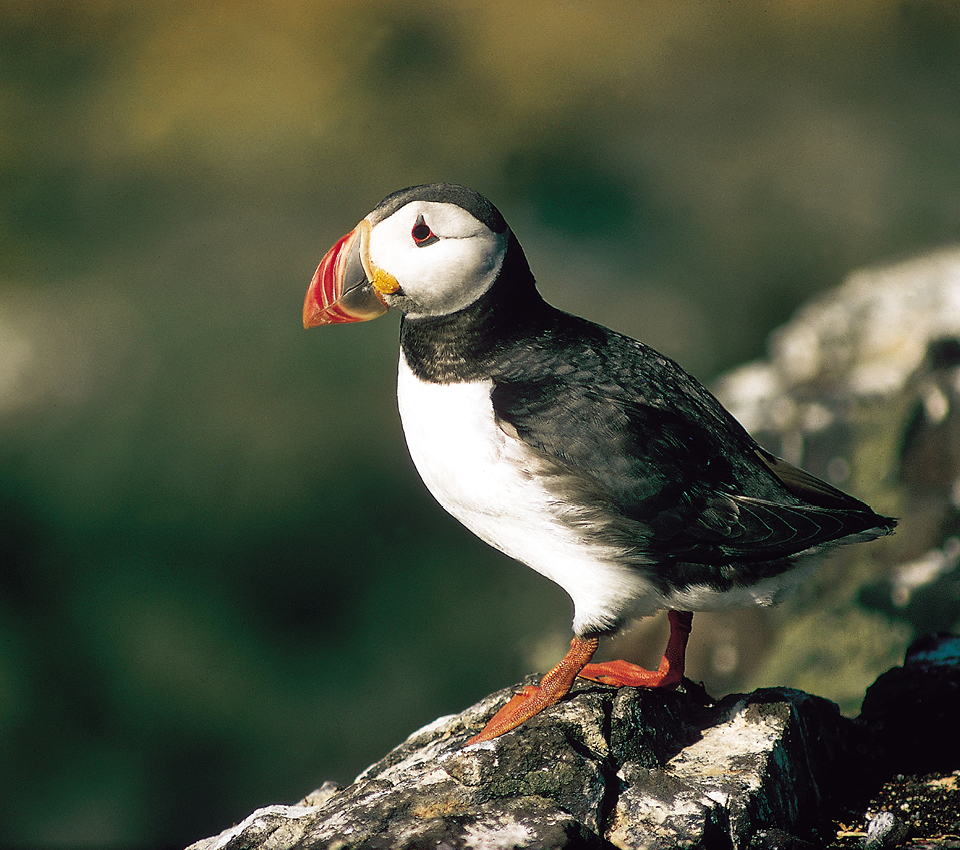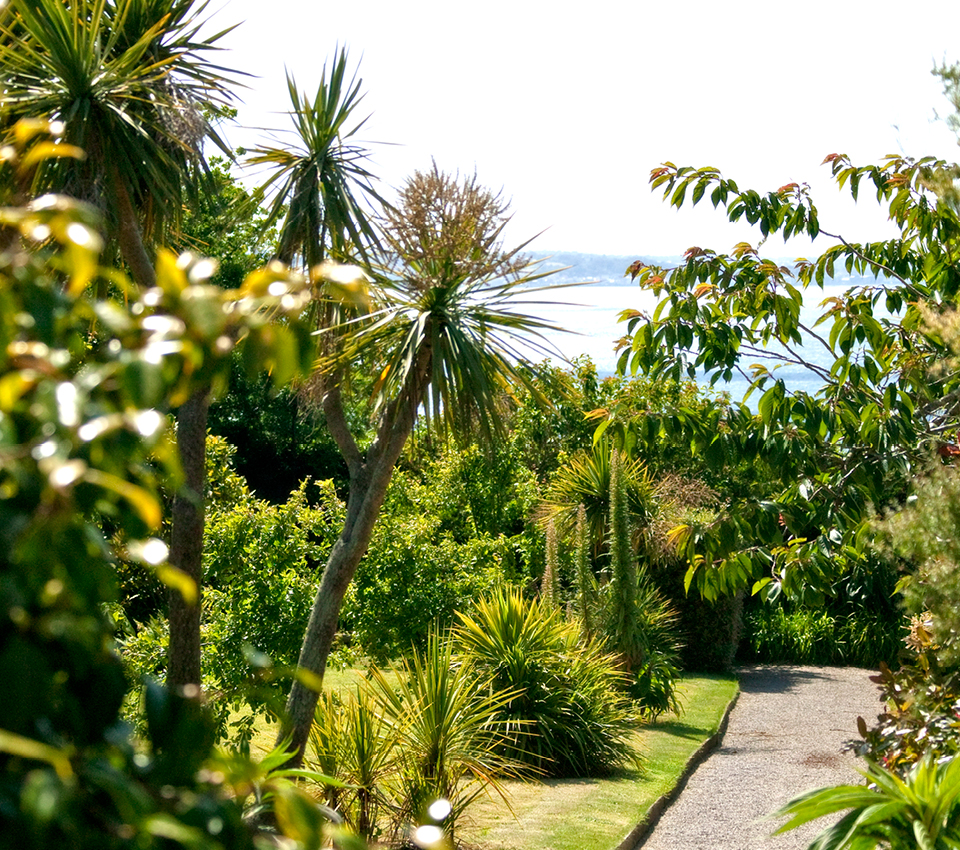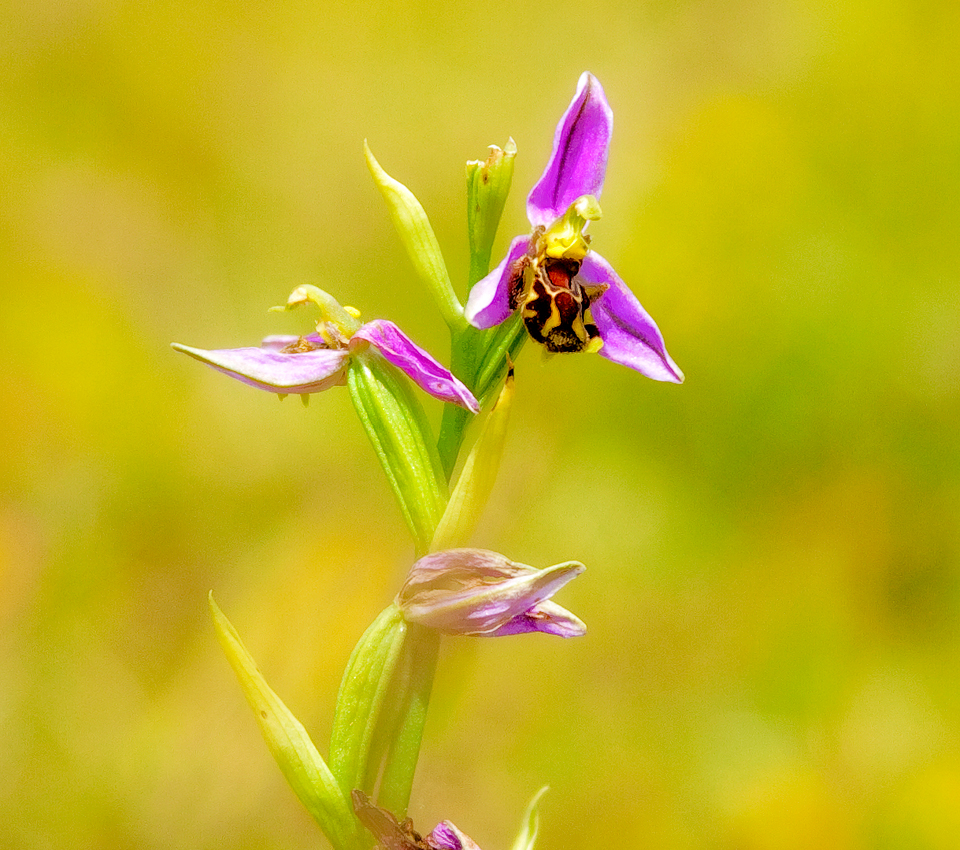Herm Island has enjoyed a colourful history, and many vestiges of the past can still be seen. The island of today is quite different to bygone eras when the public had no access. Great efforts were made in many ways to harness the island’s assets and allure before the advent of tourism.
The island has been home to Neolithic man, monks, quarrymen, farmers, writers, artists and wealthy entrepreneurs. A brief outline of which is below, but you can find more details of their rich and colourful lifestyles are detailed in Hidden Treasures of Herm Island by Catherine Kalamis, available at the Herm Island Gift Shops.
Island History
Up to the 16th Century
The first people to set foot on Herm arrived in the Mesolithic period between the years 10,000 and 8,000 B.C. – hunter-gatherers who came ashore in search of food. Settlers arrived in the Neolithic and Bronze ages, and the revealing remains of their tombs can still be seen. There are many around the common and on the hillsides of Petit and Grand Monceau.
In medieval times the position and solitude of Herm Island held great spiritual appeal for those seeking the monastic life. Missionary monks visited in the sixth century, including followers of St Tugual, a Celtic missionary. A chapel was dedicated to his memory, its first record in ecclesiastical literature being 1251. The church has been restored and is still used today.
From the middle 900s to 1569 all the Channel Islands came under the jurisdiction of the Duchy of Normandy. Herm was then handed over by Norman dukes into the control of Norman monasteries. Monks lived on the island for several decades, farming and giving religious instruction.
To the late 1800s
Between 1570 and 1737 Herm Island was used as a playground for the Governors of Guernsey. Wealthy gentlemen sailed over from Guernsey to hunt, shoot and fish. The island was stocked with pheasants, partridges, swans and rabbits. The island was then leased as farmland, and an inn was established in 1810. Herm Island then changed dramatically: it became a centre for granite quarrying as Britain entered
the Industrial Revolution. Tough Herm Island granite was ideal for road and bridge building, and it was supplied for the maintenance of London Bridge. The remains of several of the quarries can still be seen – beyond Rosaire Steps, behind the hotel, to the west of the hill above Fishermans Beach called Monku, and beneath the Obelisk on the common.
During this quarrying era the first large community since prehistoric times was formed and the harbour, roads and pathways were constructed. 400 quarrymen were estimated to be working on the island. To cater for their needs, accommodation, a forge, blacksmiths, brewery, bakery and a prison were built. A railway crane lifted blocks to ships waiting in the harbour. Herm Island’s industrial era was over by the late 1800s.
To the Second World War
In 1889 Prince Blucher von Wahlstatt, grandson of the famous Prussian Field Marshall Gebhard Blucher who fought with Wellington at Waterloo bought the island lease. During his 26 year stay, he tidied up the island, transforming it into his private kingdom. One of his children, Count Lothair, was born on the island. At the age of 69, Prince Blucher married a young woman named Princess Wanda Radziwell. Her sister, Princess Louise, went on to meet and then marry the Prince’s son, Count Lothair. Both couples lived on the island but were forced to leave at the outbreak of the First World War.
The novelist Compton Mackenzie was the next resident – he wrote much about the island and represented Herm Island in a fictional manner in his novel Fairy Gold. Mackenzie sold the lease to Sir Percival Perry, chairman of the Ford Motor Company, who in turn introduced the first motor car to the island. Legend has it that Henry Ford stayed at Belvoir House during on summer vacation. Perry lived in the White House (he named the building after his American connections) and improved the island by planting trees, restoring cottages, building a new inner harbour and investing in the island farm. Lamposts and cottage fronts were painted blue or orange – the colours of the Ford Motor Company. Perry loved Herm as a private retreat and found it useful for inviting the well connected. He would stage tea dances at the ‘Mansion House’ (now The Manor), and built a golf course on the common.
This rather grand era came to an end with the Second World War. The Channel Islands, including Herm, were occupied by German troops – the island was claimed by the Third Reich on 20 July 1940. The propaganda film ‘The Invasion of the Isle of Wight’ showed German troops sweeping ashore on Herm. The German occupation was by a small battalion of soldiers, although others visited from Guernsey to relax. On 9 May 1945, the Channel Islands were liberated – a British commanding officer arrived on Herm Island to begin a clearance operation and search for mines.
Soon after the war, it was agreed that Herm Island should be handed over to a tenant who would care for the island, allowing its natural beauty to be enjoyed by everyone. From 1946 to 1949 the island was occupied by Mr A G Jeffries. In 1949 Peter and Jenny Wood took over the lease of Herm Island, and it has remained in their family but was managed by Adrian and Pennie Heyworth, the daughter and son-in-law of Peter and Jenny until September 2008.
The lease of Herm Island is now owned by John and Julia Singer, Island Managers for the Starboard Settlement.
